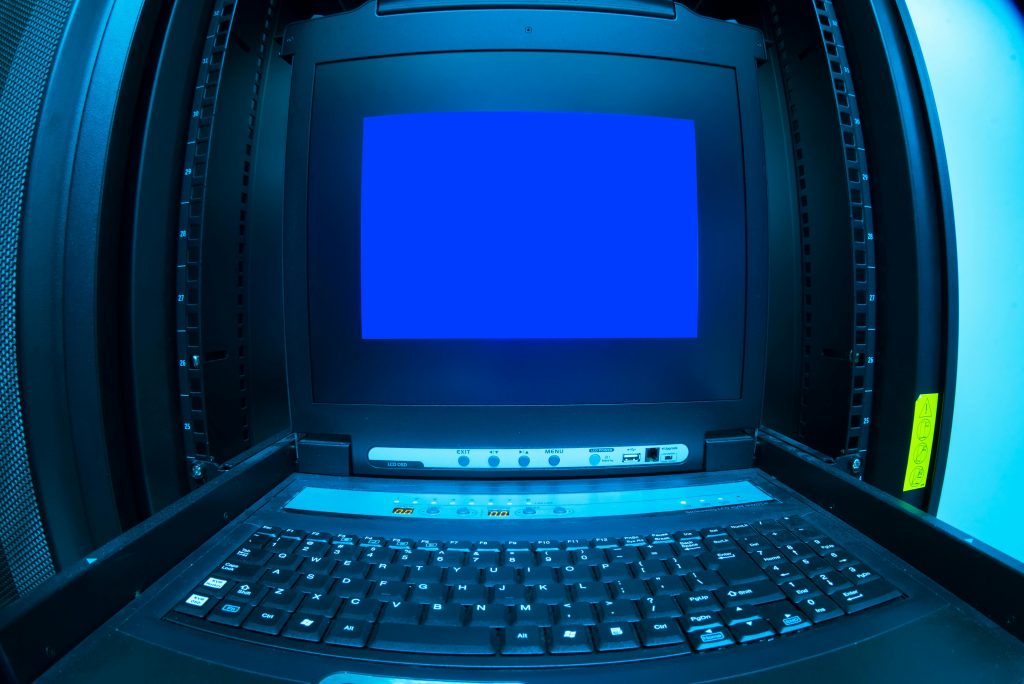Understanding and Addressing a Blue Screen of Death (BSOD) with Registry Errors and Event ID 4 on Windows
Experiencing a Blue Screen of Death (BSOD) can be a stressful event, especially when accompanied by specific error messages such as “Registry Error” and recurring Event ID 4 logs. If you’ve recently encountered such an issue, this article aims to help you understand potential causes and guide you through the necessary steps to diagnose and mitigate the problem effectively.
Case Scenario Overview
Suppose you’re engaged in intensive 3D modeling work using software like Maya. Pushing your hardware to its limits during a demanding session may lead to system instability. For example, a sudden system crash accompanied by a BSOD displaying a “Registry Error” could trigger subsequent system updates and new logs in your Event Viewer, notably Event ID 4 entries.
What Is a Registry Error?
A registry error indicates that Windows has detected a problem with its registry, a critical database storing configuration settings and options. Errors can stem from various issues including:
- Corrupted registry files
- Malfunctioning hardware components
- Driver conflicts
- Overexertion of system resources during intensive tasks
Interpreting Event ID 4 Entries
Event ID 4 logs are typically associated with driver issues or system resource problems. Multiple ID 4 events following a crash might suggest:
- Hardware instability or failure
- Driver incompatibilities or outdated drivers
- File system inconsistencies
- Insufficient system resources, especially during high loads
Immediate Actions to Consider
If your system crashes after intensive work and shows registry errors, follow these steps:
- Stop Using the Affected System Temporarily
-
Power down the computer to prevent further potential damage.
-
Perform a System Scan for Corrupt Files
- Use the built-in System File Checker (SFC):
- Open Command Prompt as Administrator.
- Run:
sfc /scannow
-
This process repairs corrupted system files that may cause instability.
-
Check for Hardware Issues
- Run hardware diagnostics, particularly for RAM and storage devices.
-
Tools like Windows Memory Diagnostic or manufacturer-specific utilities can help identify hardware faults.
-
Review and Update Drivers
- Ensure all drivers, especially graphics, chipset, and storage controllers, are up to date.
-
Visit hardware manufacturers’ websites for the latest drivers.
-
Inspect Event Viewer Logs
Share this content:



